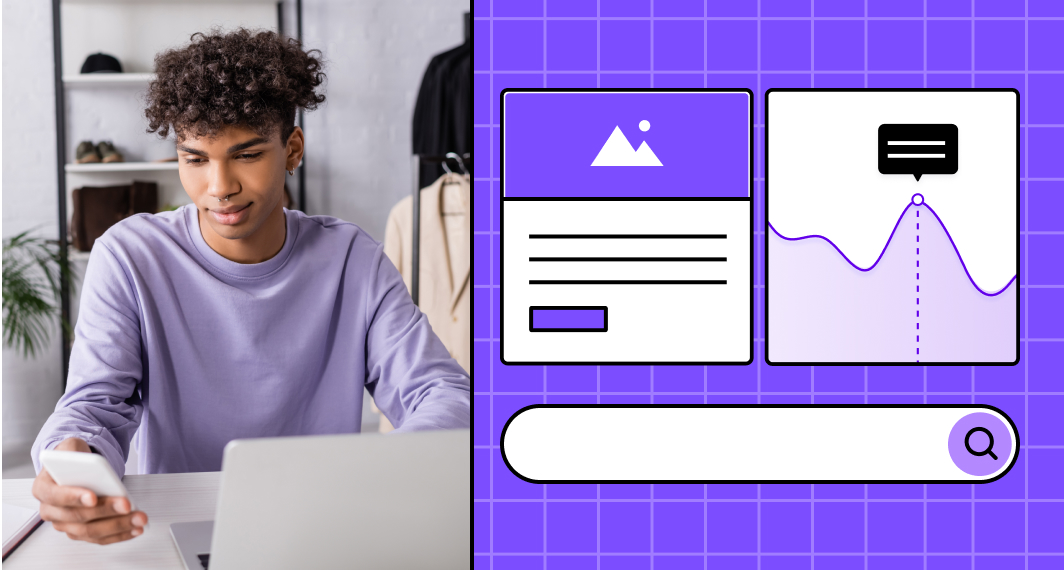What is average order value (AOV)
Average Order Value (AOV) refers to the average monetary amount spent by a customer in a single transaction with a business. It is calculated by dividing the total revenue generated from all orders by the total number of orders. A higher AOV signifies greater customer spending and can be used to measure business performance and monitor customer behaviour.
Why is average order value important?
Average Order Value (AOV) is important for several reasons:
- Revenue generation -indicates that your customer base is spending more per transaction, leading to increased revenue, better profit margins and higher customer lifetime value. By focusing on increasing AOV, you can also maximise your sales and profitability while driving down customer acquisition cost (CAC)
- Customer segmentation - helps in segmenting customers based on their spending habits. Customers with higher AOV are often more valuable and can be targeted for personalised offers, upselling or cross-selling opportunities
- Marketing and promotions - enables you to optimise your marketing strategies. By understanding the average amount your customers spend, you can tailor promotions, discounts and incentives to encourage customers to spend more
- Inventory management - prioritising stocking and promoting items with a high AOV leads to improved inventory turnover and profitability
- Business performance measurement - Comparing AOV over different time periods or across different customer segments helps monitor the effectiveness of marketing campaigns, pricing strategies, and overall business growth. This makes it one of the key metrics for online businesses
By tracking and optimising AOV, online retailers can enhance their revenue, improve customer retention and optimise operational efficiency, ultimately driving long-term success.
AOV example
Let's say a business generated total revenue of $10,000 from 100 orders within a specific time period. To calculate the Average Order Value (AOV), you would divide the total revenue by the total number of orders:
AOV = Total Revenue / Total Number of Orders
In this case:
AOV = $10,000 / 100 = $100
So, the average order value for this business during that time period would be $100.
How do you improve AOV?
There are several strategies online stores can employ to improve their AOV. Here are some effective methods:
- Upselling and cross-selling - offer customers upgraded or complementary products/services during the purchasing process. Meanwhile, display related items or suggest add-ons that enhance the value of their purchase, increasing the overall order value and improving conversion rate
- Volume discounts or bundles - encourage customers to buy additional products by offering discounts or bundled packages when purchasing multiple items together
- Reduced shipping costs - set a minimum purchase value to qualify for free shipping. This should motivate customers to add more items to their cart to reach the shipping threshold
- Loyalty programs - implement a customer loyalty program that rewards customers for reaching specific spending thresholds or making frequent purchases. Provide exclusive discounts, early access to sales, or special perks to encourage customers to increase their order value over time
- Limited-time offers - create a sense of urgency by promoting limited-time offers such as "buy one, get one free" or "spend a certain amount and receive a gift." These time-sensitive promotions can drive customers to spend more to take advantage of the deal
- Personalised recommendations - leverage customer data and purchase history to provide personalised product recommendations. By suggesting relevant and higher-priced items, you can increase the likelihood of customers adding them to their cart
- Product bundles or tiers - package products together strategically to create product bundles or tiered pricing options that encourage customers to opt for higher-priced packages with added value or exclusive features
- Streamlined checkout process - simplify the checkout process by reducing steps and friction points. A smooth and hassle-free experience can encourage customers to complete their purchases without hesitation
- Post-purchase upsells - after a customer completes a purchase, offer them relevant upsells or upgrades through follow-up emails or post-purchase recommendations. This encourages customers to make additional purchases or upgrade their existing orders
- Customer engagement and education - provide informative and engaging content about product benefits, usage ideas or styling tips to inspire customers to explore and add more items to their carts
Remember, it's important to strike a balance between encouraging customers to spend more and ensuring their satisfaction. Building strong relationships with customers and delivering value will contribute to a positive customer experience and foster long-term loyalty.
Get a free app prototype now!
Bring your software to life in under 10 mins. Zero commitments.


 Facebook
Facebook X
X LinkedIn
LinkedIn YouTube
YouTube Instagram
Instagram RSS
RSS


